New Independent Watchmaking Atelier Aubert & Ramel and their First Watch, the Ouréa
Another duo, emerging from the Morteau school, and launching with a particularly impressive first watch.
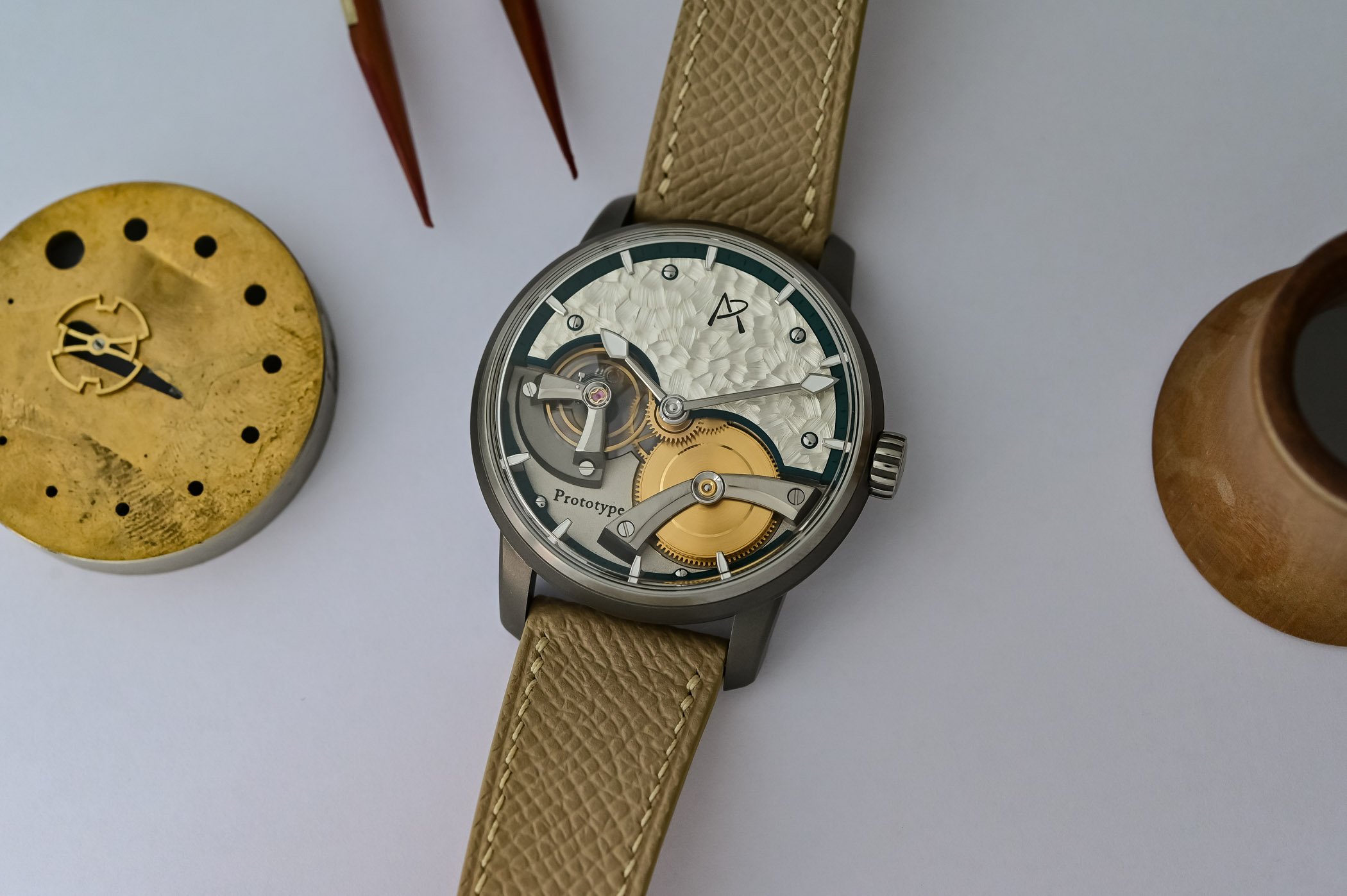
Watchmaking prizes and competitions have a remarkable virtue. Their primary vocation is to discover new talents and bring them into the spotlight. A perfect example is the F.P. Journe Young Talent Competition, which has been celebrating and supporting young independent watchmakers since 2012. For me, this award was the opportunity to discover the extraordinary talent of Rémy Cools, who has now set up his atelier near Annecy and presented his tourbillon watch. Today, the spotlight turns to another rising star, Thomas Aubert, laureate of the 2024 edition of the FPJ Competition, who is already shaping a promising future in haute horlogerie, setting up his own atelier in La Chaux-de-Fonds with another young watchmaker, Alexis Ramel-Sartori.
Thomas Aubert (above left) and Alexis Ramel-Sartori (right) are two 24-year-old Franco-Swiss watchmakers who learnt watchmaking at the Lycée Edgar Faure in Morteau, a French city close to Switzerland. They really got to know each other during an internship at Luc Monnet’s workshop. There, they met Simon Brette, for whom they manufactured and finished parts.
Séléné, Thomas Aubert School Watch, winner of the F.P. Journe Young Talent Competition 2024
To create Séléné, a wristwatch with key-winding and key-setting, Thomas Aubert based his work on the gear train of a calibre 6497, while completely redesigning all other components, including the bridges, main plate, balance, and mechanisms for time setting and winding. One of the watch’s most distinctive features is the animated “shooting stars” on the caseback. Rather than adding a second barrel, Aubert ingeniously developed a system that makes use of the “lost” energy of the click. Normally, the click has a recoil to avoid over-winding of the barrel. His idea has been to use this recoil, recovering and redistributing its energy thanks to a system of cams and feelers.
The Aubert & Ramel Ourea
After a year of manufacturing and decorating parts for others (Simon Brette and other interesting names that cannot be disclosed), the F.P. Journe award won by Thomas Aubert was a turning point, inspiring the duo to create their first watch together.
In establishing their own brand, the young duo behind Aubert & Ramel follows a philosophy rooted in artisanal watchmaking. Based close to the MIH in La Chaux-de-Fonds (the International Museum of Horology), their workshop is equipped with machines allowing them to manufacture virtually any component of a watch movement. In their own words, they intend to approach watchmaking with an architectural and deeply personal vision, driven by the ambition to create pieces that are truly original rather than simply repeating what has already been done.
Their first watch, the Ouréa project, was initiated about a year ago, thanks to a pre-series of six pieces that were ordered under subscription, based on digital renderings of the project. These six watches will come with a platinum case. Following these six initial pieces in platinum, 14 watches will be made in titanium, as the one illustrated in this article.
The Aubert & Ramel Ouréa is powered by a time-only, hand-wound mechanical movement (hours and minutes only). Standing out with its three-dimensional architecture, it is built across distinct planes. Its variable inertia balance beats at 18,000 vibrations/hour, and it boasts a solid 72-hour power reserve. It is entirely developed in-house, and the result of over 800 hours of design and development. The vast majority of the components are crafted and decorated in the duo’s workshop, except the case (made with Stila) and a few external supplies (the mainspring, stones, some pins and screws).
The balance wheel and the escape wheel are also made internally. The hairspring is counted and shaped with a Breguet terminal curve by Aubert & Ramel, too. While the main plate is made of brass, the bridges are crafted in titanium, reflecting the commitment to merging craftsmanship with innovation. The finishing is quite impressive overall, specifically for the titanium parts. Although it takes longer to work with titanium, it is lightweight and its longevity is exceptional – it does not age or corrode, and its resistance is outstanding. And it is also antimagnetic. The decoration includes drawn flanks, inward beveling, mirror-polished steel parts, several gold chatons…
The 40.4mm case of the Aubert & Ramel Ouréa is also made of titanium, with an interesting matte finish. It is water-resistant to 50m. The silver dial is made in-house and stands out with an original griffé finish inspired by natural glacial formations. It is paired with white lacquered markers and titanium spade-shaped hands.
The Aubert & Ramel Ouréa is a limited edition of 14 pieces, produced over the course of two years. The announced price is high, at CHF 72,000, but in line with many of the recent, highly finished time-only watches by niche, independent watchmakers. For more information, please visit aubert-ramel.com or @aubert.ramel on Instagram.

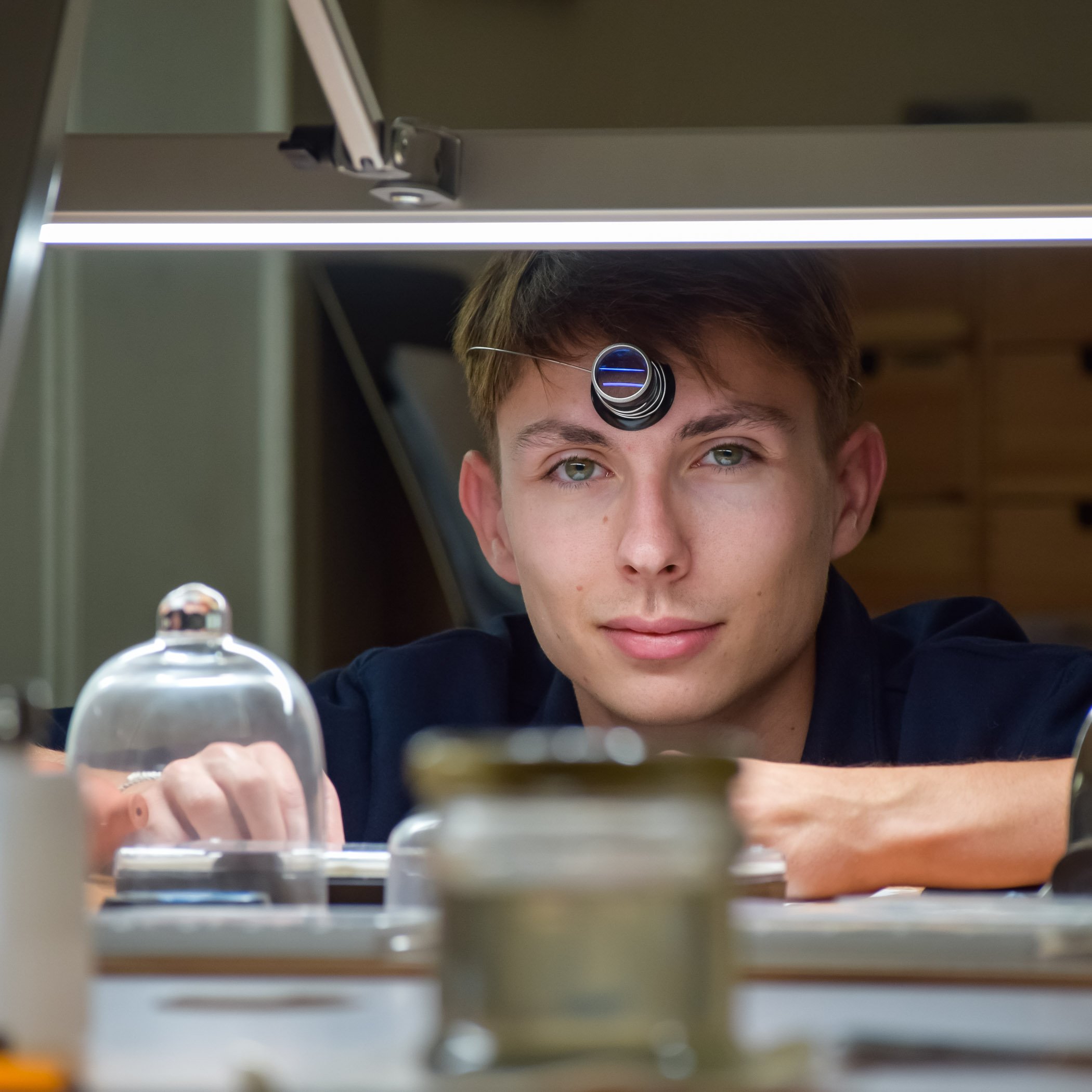
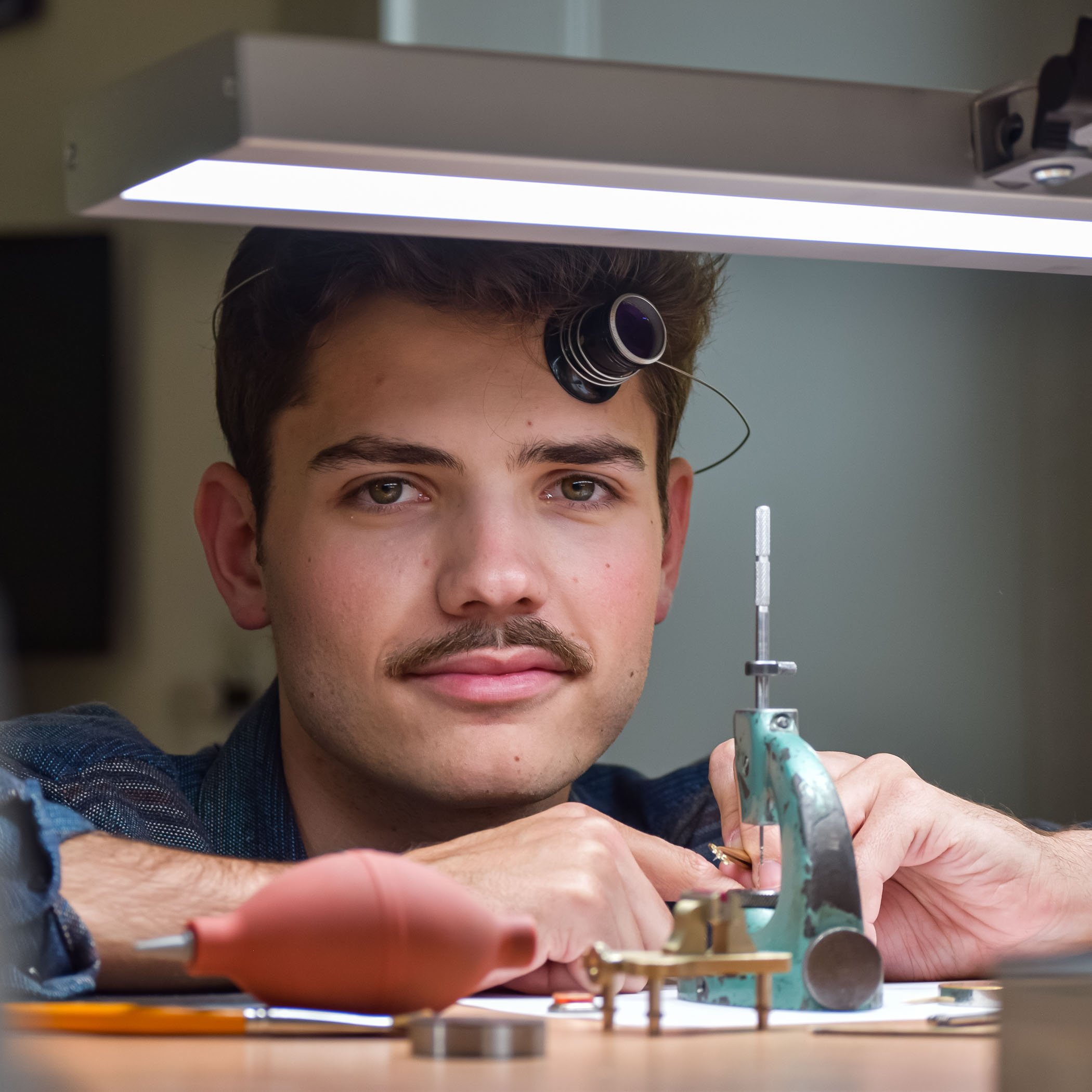
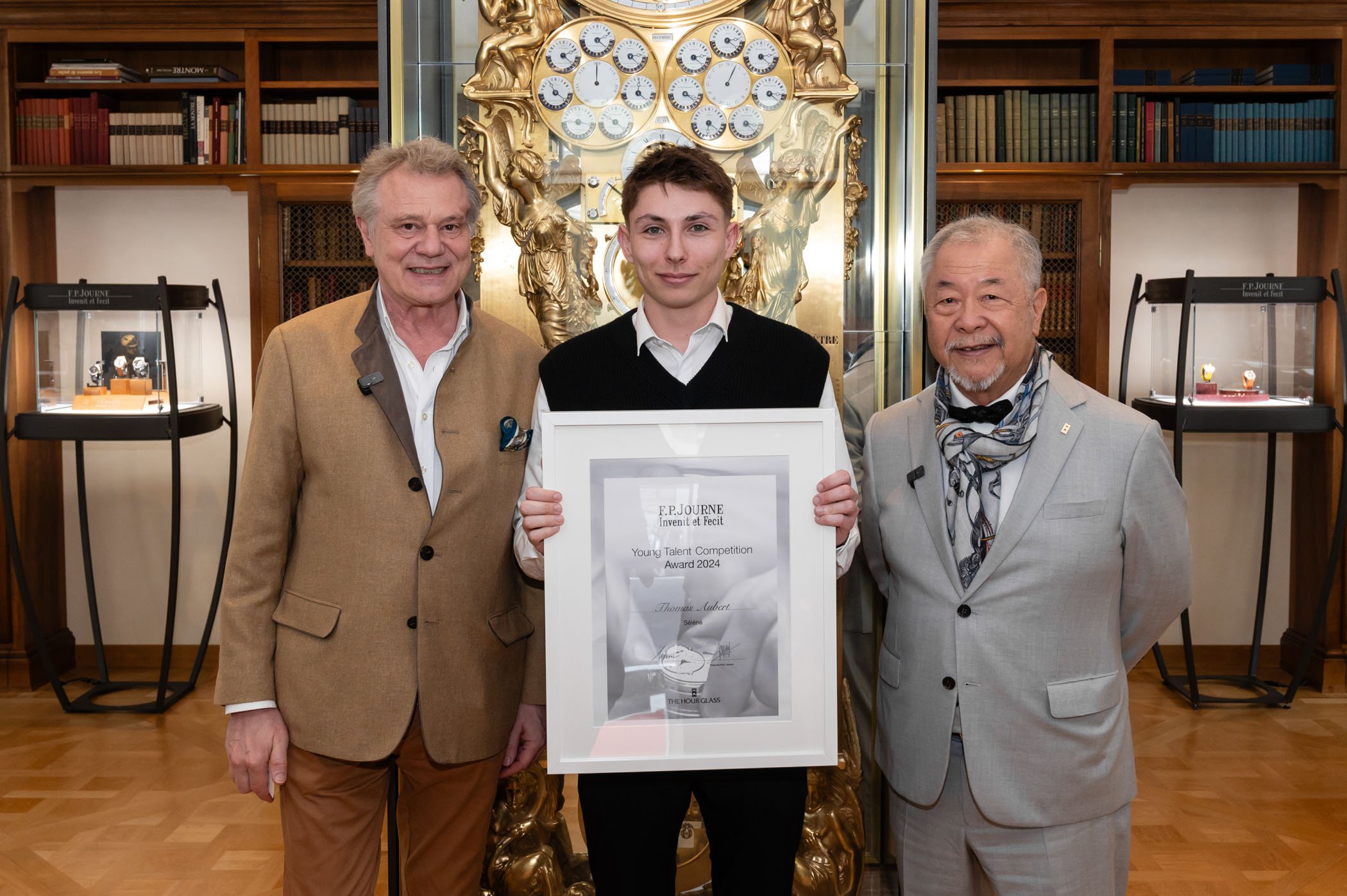
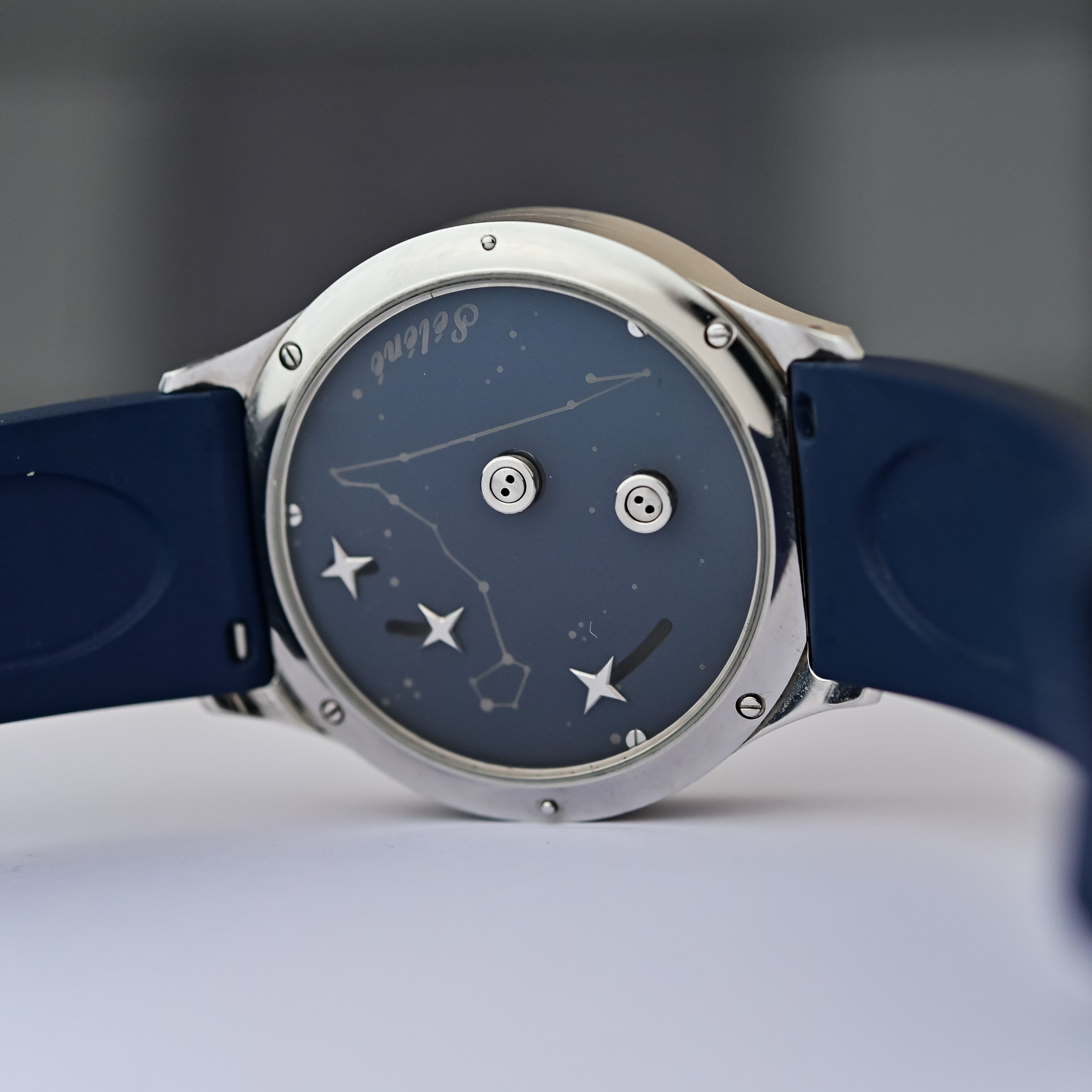
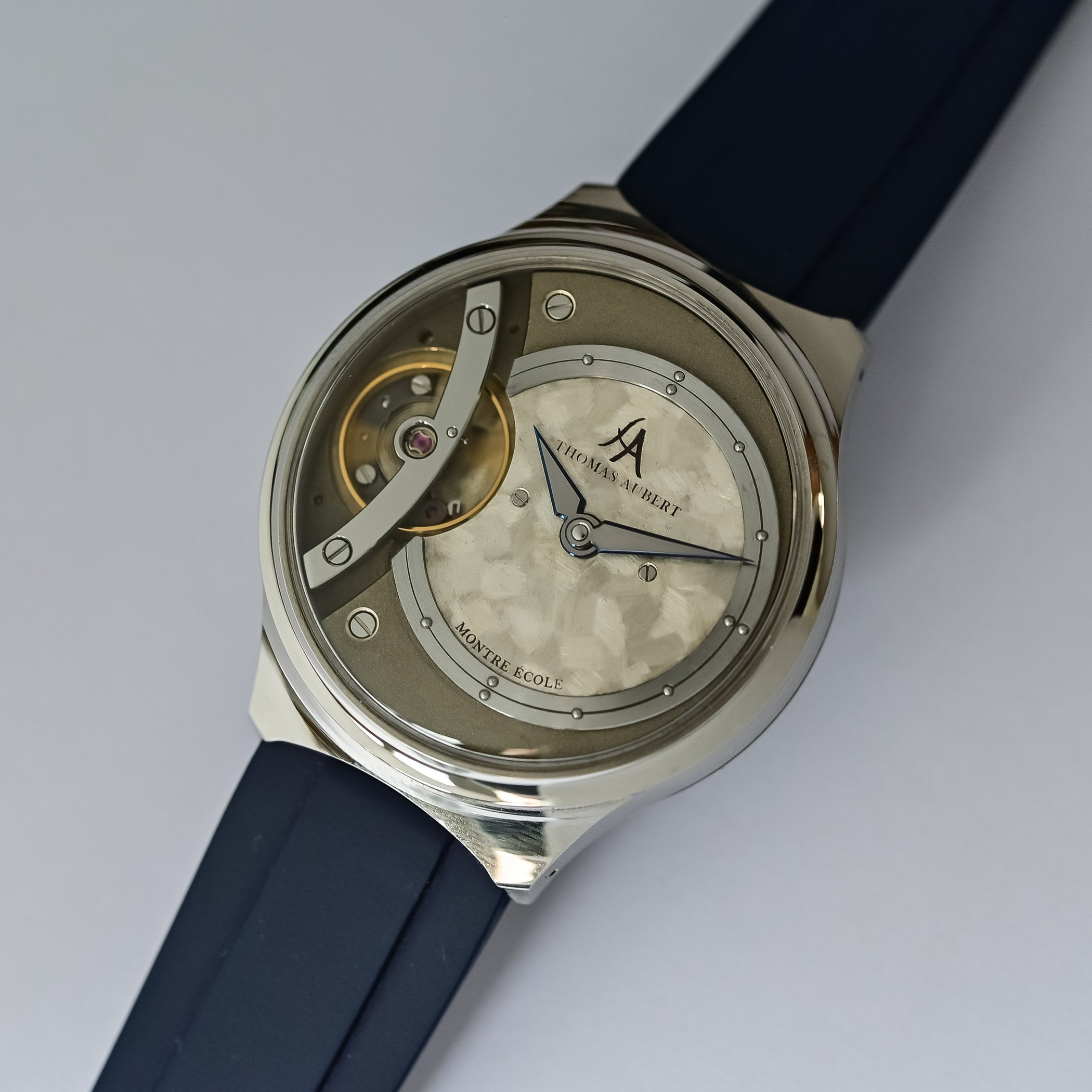
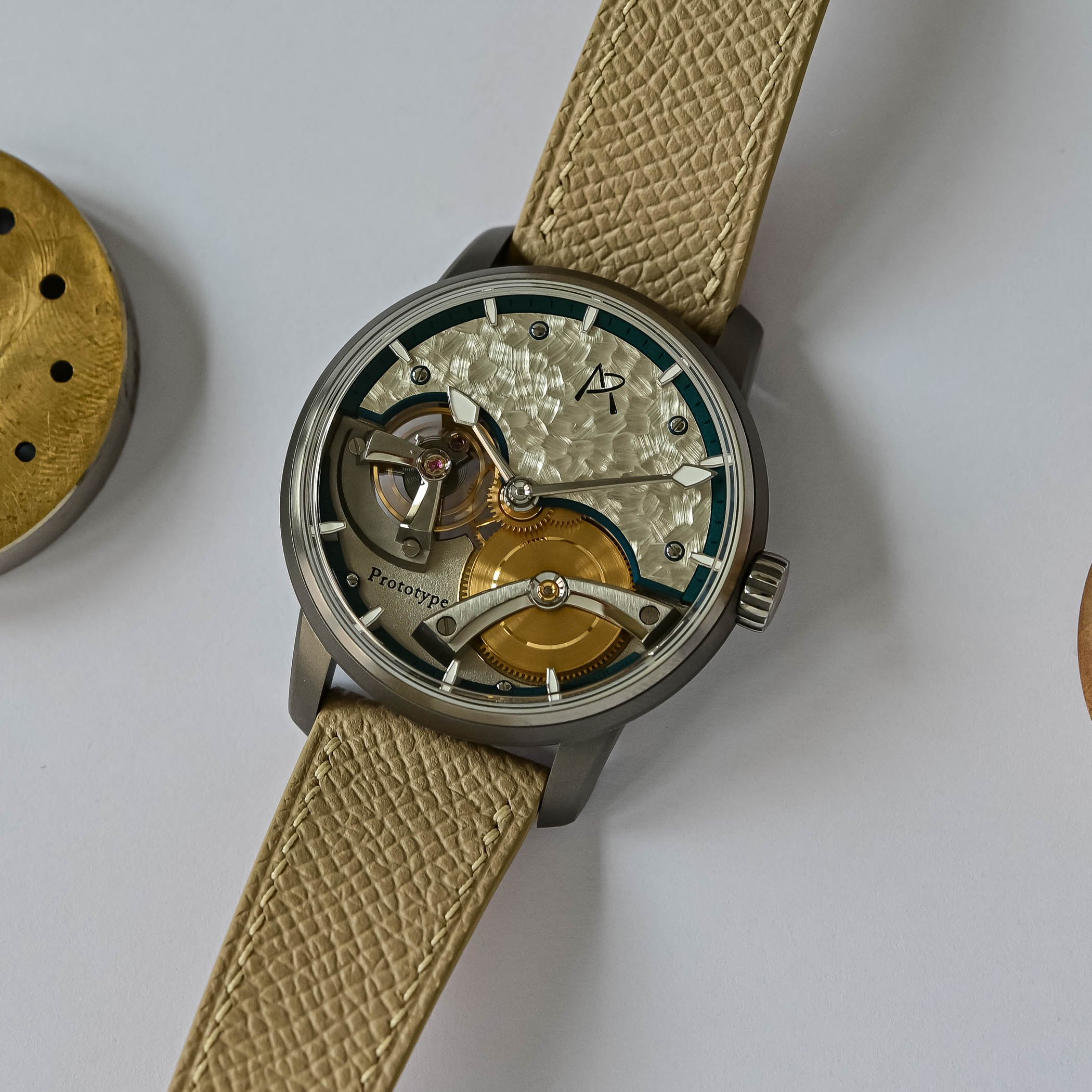
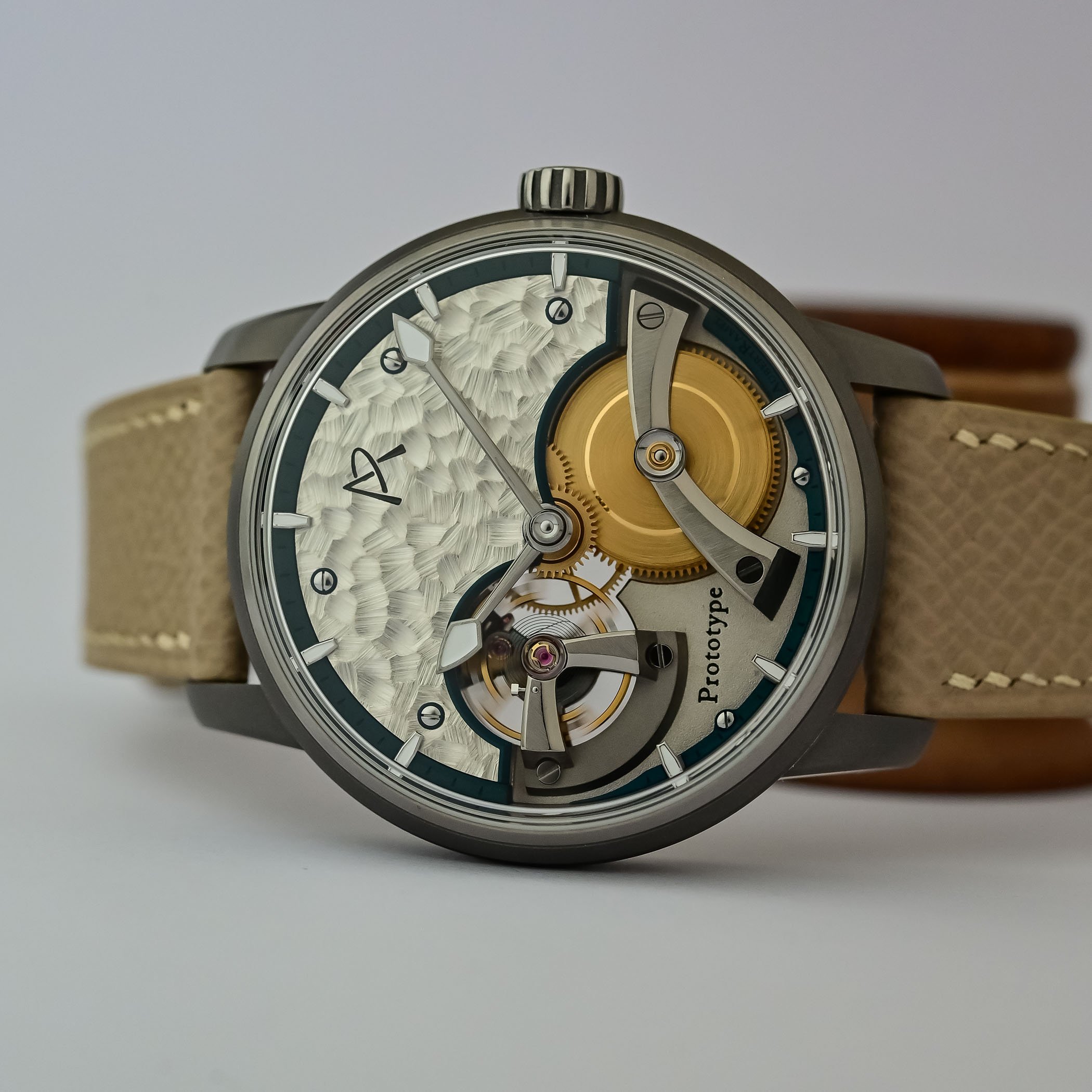
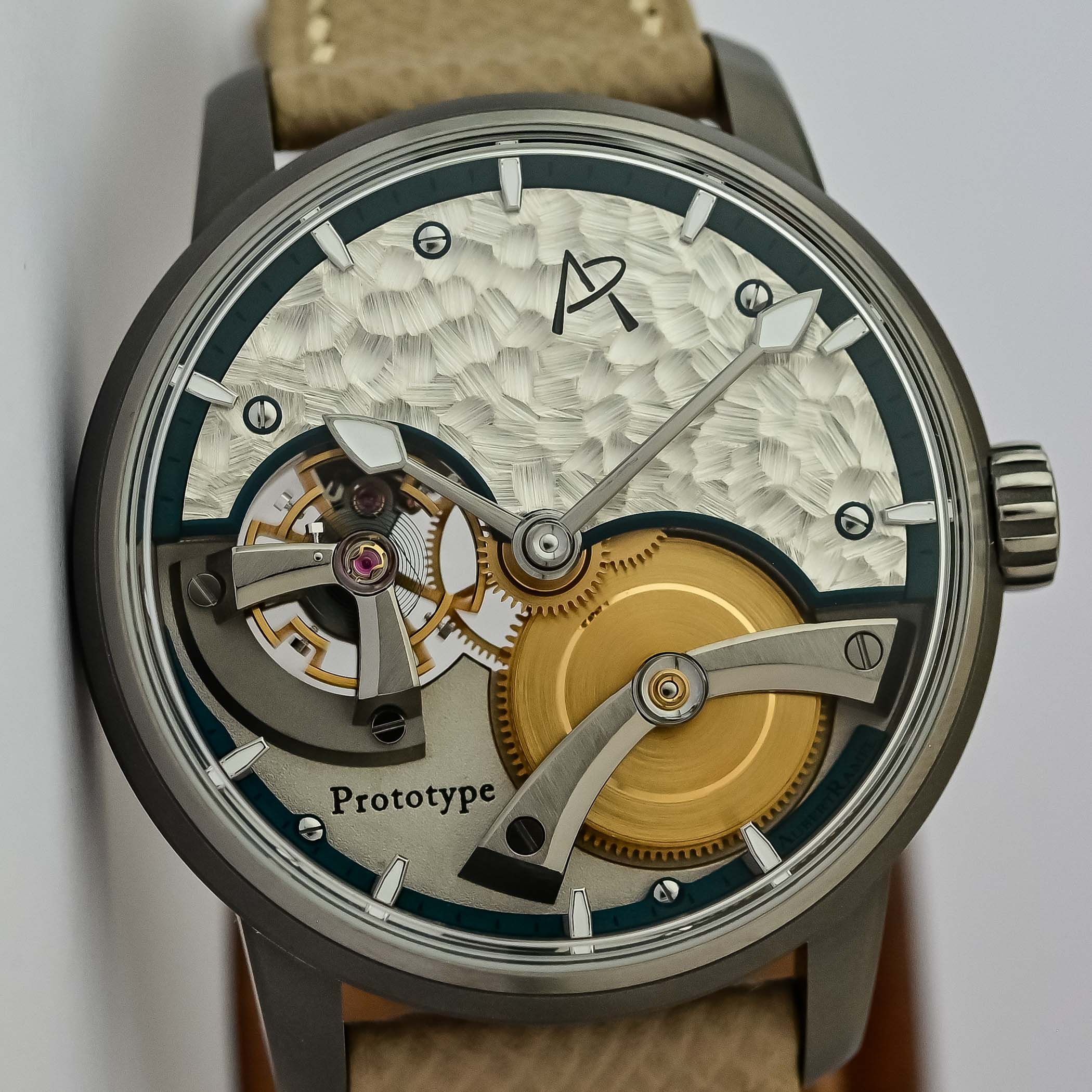
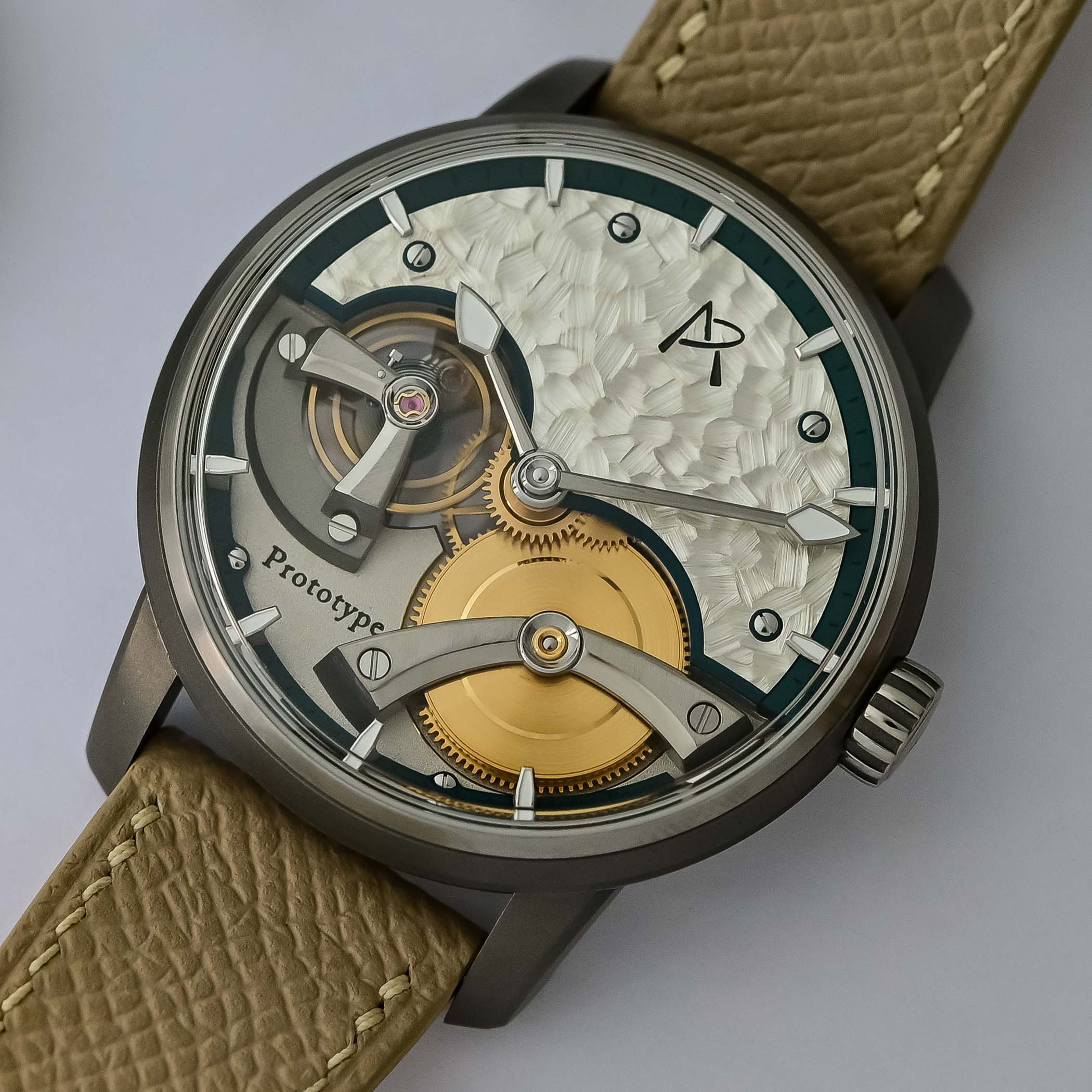
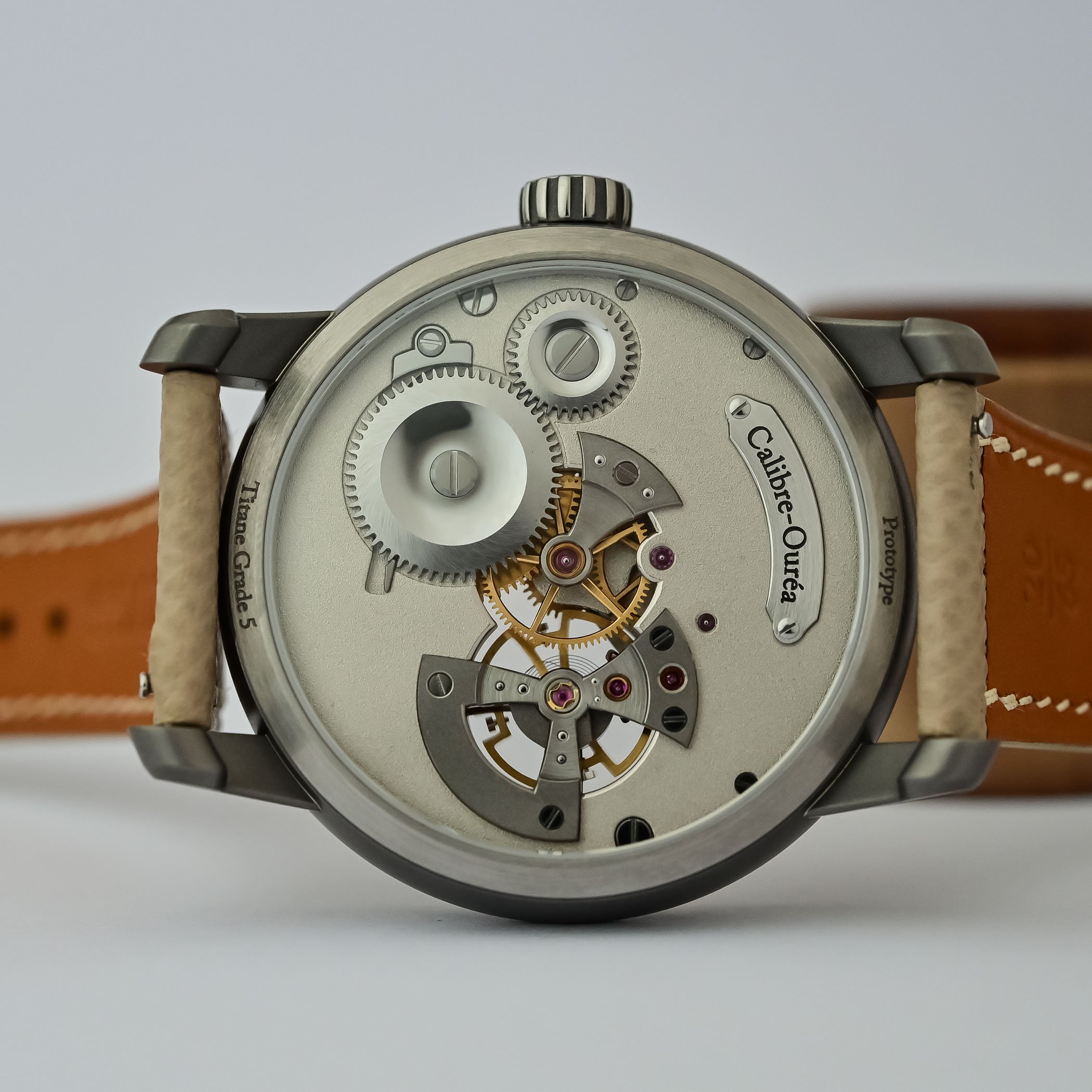
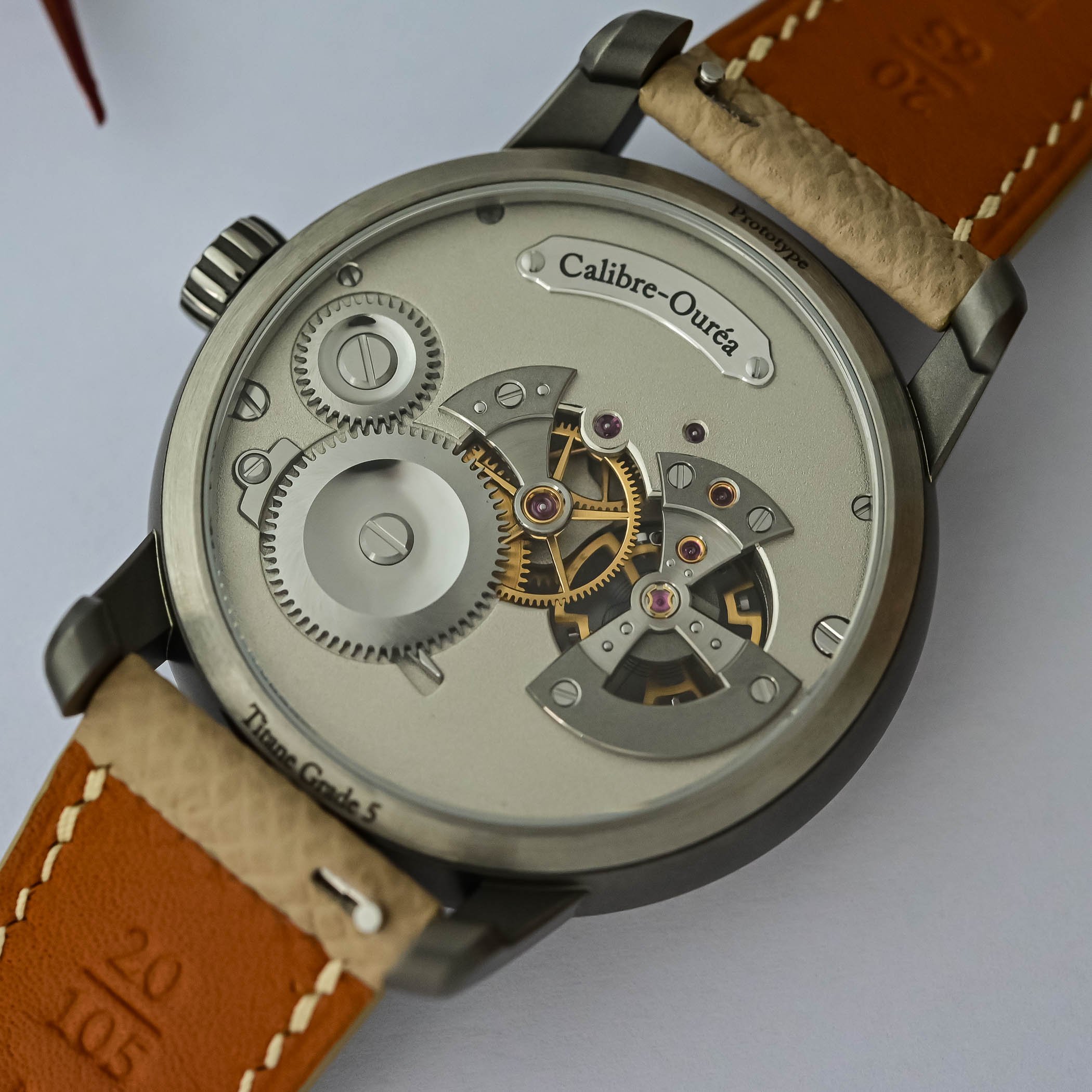
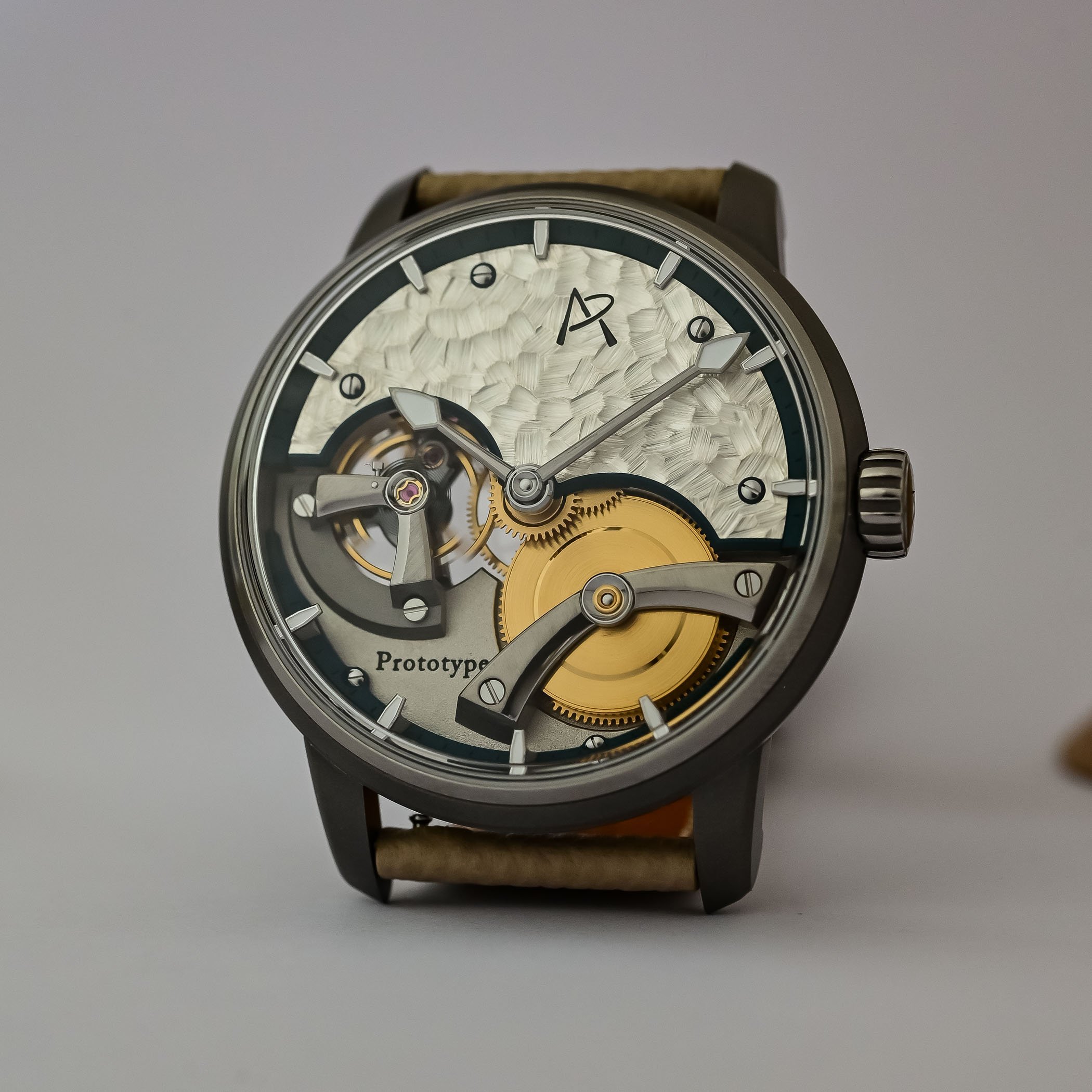
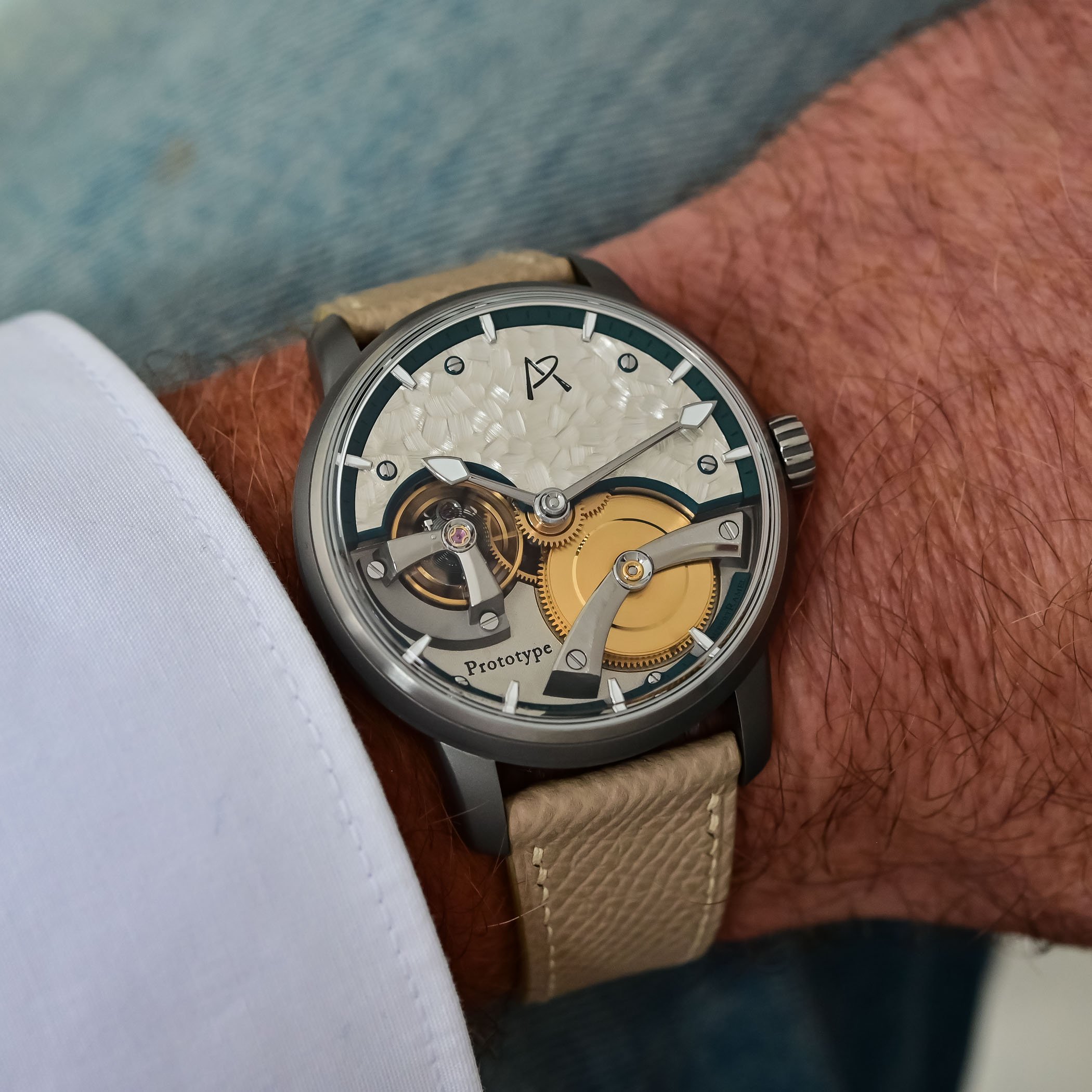
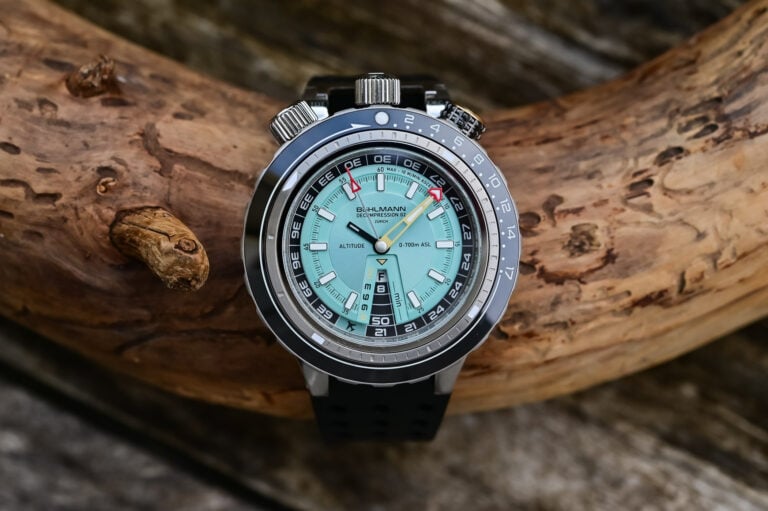
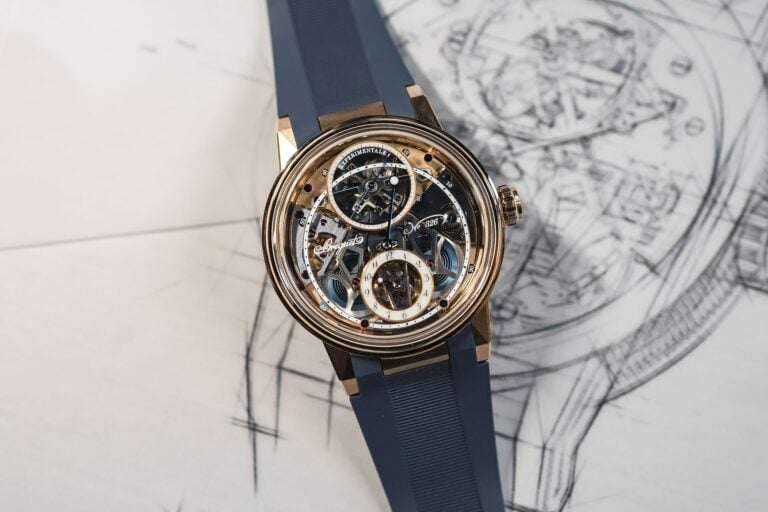
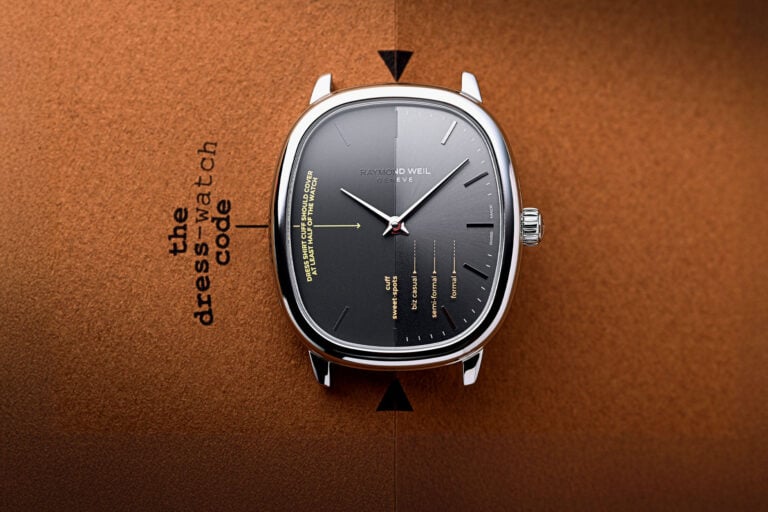
1 response
Why not 172.000 CHF ?